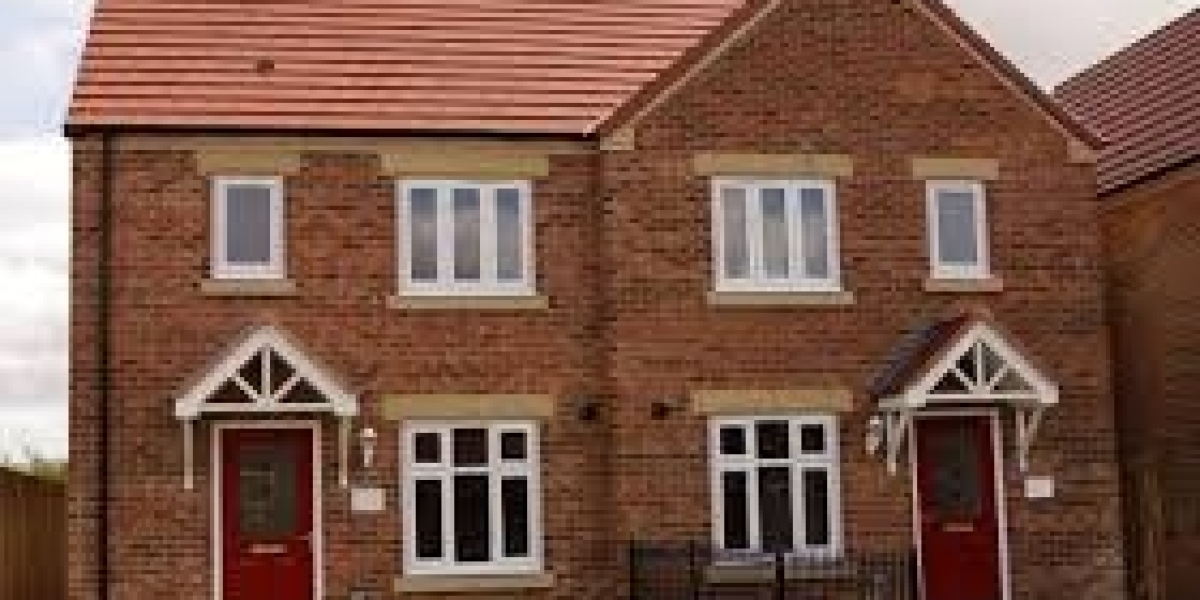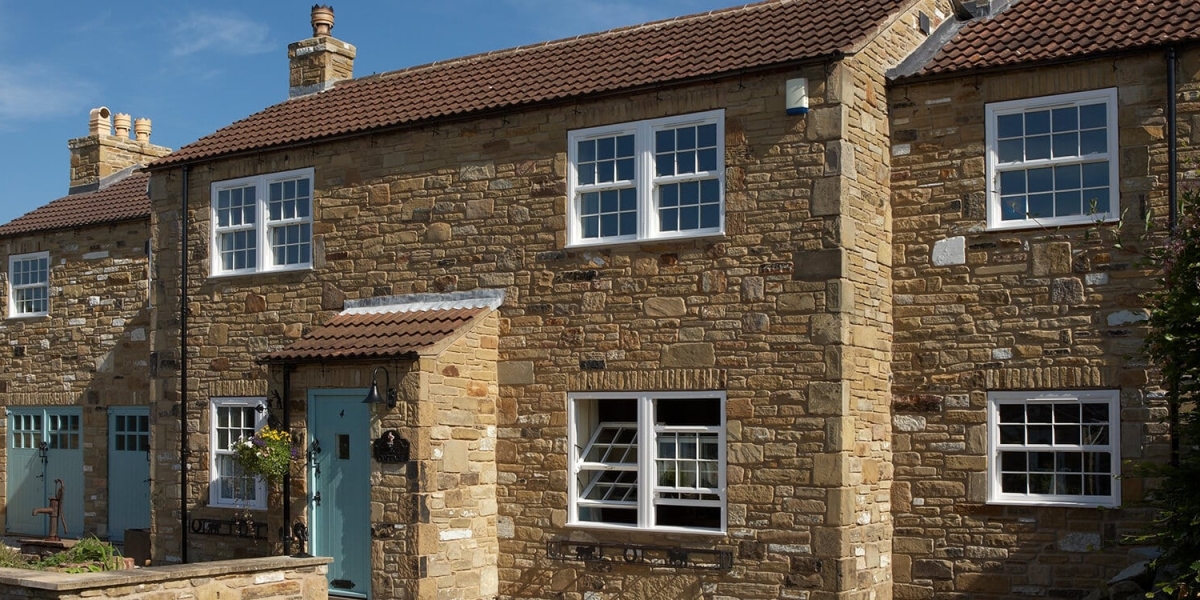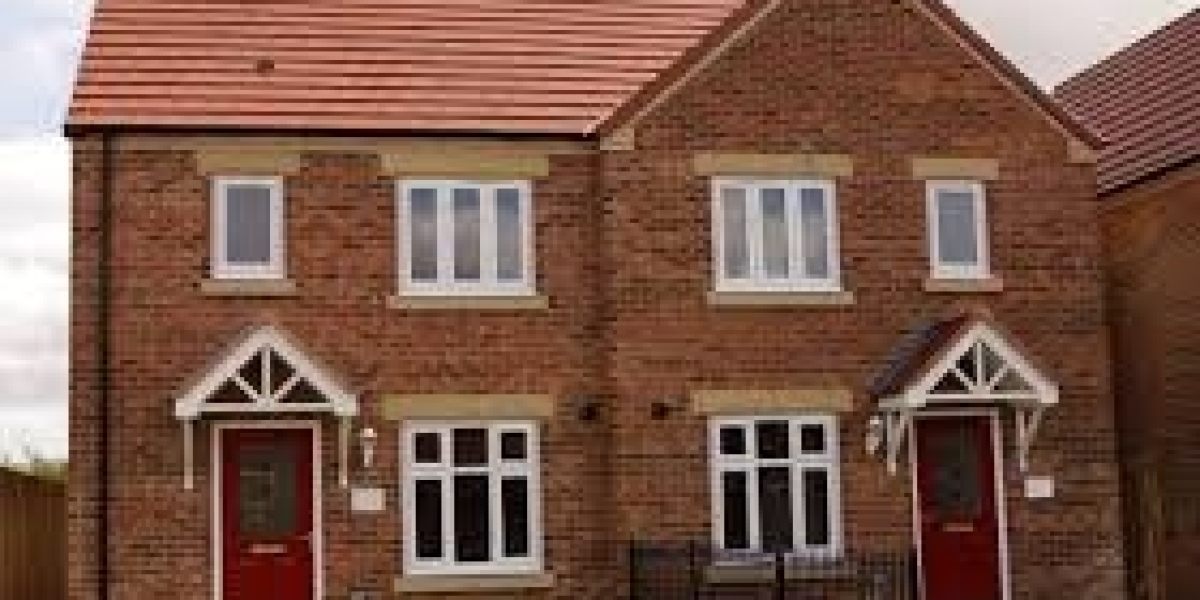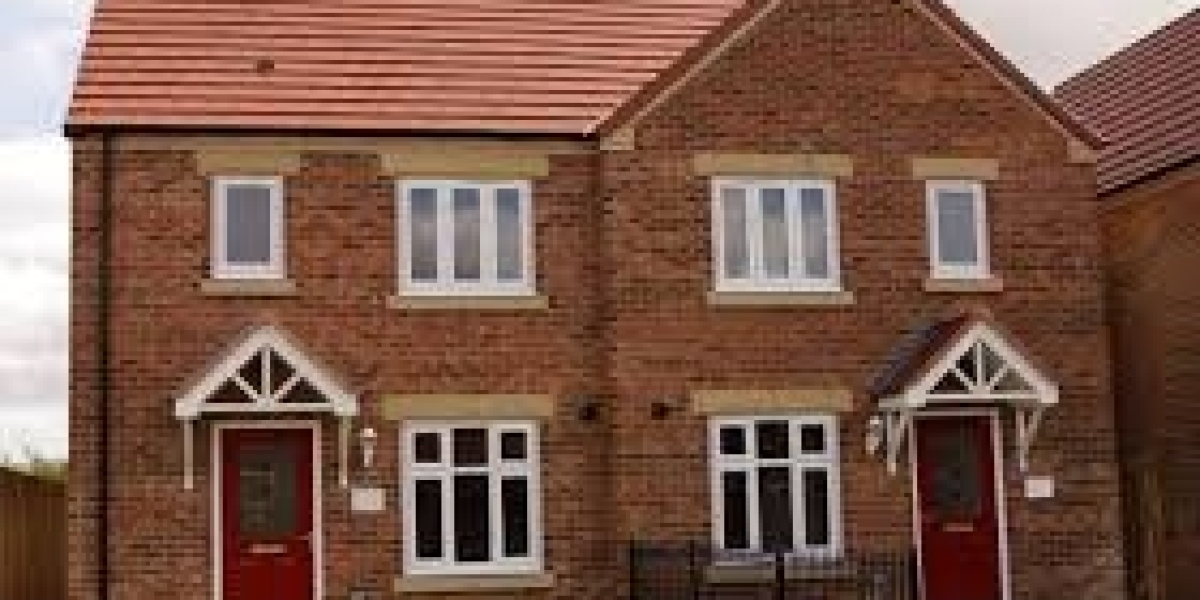In recent years, the window installation industry has witnessed significant advancements, particularly with the integration of smart technology and automated systems. These innovations not only enhance the efficiency of the installation process but also improve the overall functionality and energy efficiency of windows in residential and commercial buildings. This article explores the latest developments in window installation, focusing on smart windows, automated installation systems, and their implications for the future of the industry.
Smart Windows: A New Era of Functionality
Smart windows are a groundbreaking innovation that incorporates technology to enhance energy efficiency, comfort, and convenience. Unlike traditional windows, smart windows can actively respond to environmental changes, such as sunlight and temperature, thereby optimizing indoor conditions. This is achieved through various technologies, including electrochromic, thermochromic, and photochromic materials, which allow the glass to change its properties in response to external stimuli.
- Electrochromic Windows: These windows can change their tint when an electric current is applied. This feature allows homeowners to control the amount of sunlight entering a room, reducing glare and heat gain during peak sunlight hours. As a result, energy consumption for cooling can be significantly decreased, leading to lower utility bills and a smaller carbon footprint.
- Thermochromic Windows: These windows change color based on temperature. When the temperature rises, the windows darken, reflecting more sunlight and keeping interiors cooler. Conversely, they become clearer when it’s cooler outside, allowing more natural light to enter. This dynamic response helps maintain a comfortable indoor environment year-round.
- Photochromic Windows: Similar to sunglasses that darken in response to UV light, photochromic windows automatically adjust their tint based on the intensity of sunlight. This feature not only enhances comfort but also protects furniture and flooring from UV damage.
Automated Installation Systems: Efficiency Meets Precision
The traditional window installation process can be labor-intensive and time-consuming, often requiring multiple workers and extensive manual labor. Recent advancements in automated installation systems are changing this paradigm. These systems utilize robotics and advanced machinery to streamline the installation process, resulting in faster and more accurate installations.

- Robotic Installation: The use of robotics in window installation is becoming more prevalent. Robots can handle heavy glass panels with precision, reducing the risk of damage and improving safety for workers. These robotic systems can be programmed to perform repetitive tasks, such as lifting, positioning, and securing windows in place, leading to a significant reduction in installation time.
- 3D Printing and Customization: The integration of 3D printing technology allows for the production of custom window frames and components tailored to specific architectural designs. This not only enhances the aesthetic appeal of buildings but also simplifies the installation process. With precise measurements and custom designs, installers can achieve a perfect fit, minimizing gaps and ensuring optimal energy efficiency.
- Augmented Reality (AR) and Virtual Reality (VR): AR and VR technologies are being used to train window installation professionals and assist them during the installation process. By providing real-time visualizations and overlays, https://clean.uk.com these technologies help installers understand complex designs and identify potential issues before they arise. This proactive approach reduces errors and enhances the overall quality of installations.
The Benefits of Advanced Window Installation Technologies
The integration of smart windows and automated installation systems offers numerous benefits for homeowners, builders, and the environment. Here are some of the key advantages:
- Energy Efficiency: Smart windows significantly reduce energy consumption by optimizing natural light and temperature control. Automated installation systems ensure precise fitting, which minimizes air leaks and enhances insulation.
- Cost Savings: Although the initial investment in smart windows and automated systems may be higher, the long-term savings on energy bills and maintenance costs make them financially viable. Additionally, faster installation times reduce labor costs.
- Improved Comfort: With the ability to control sunlight and temperature, smart windows enhance indoor comfort. Homeowners can enjoy natural light without the drawbacks of excessive heat or glare.
- Environmental Impact: By reducing energy consumption and improving the efficiency of buildings, advanced window technologies contribute to a lower carbon footprint. This aligns with global efforts to combat climate change and promote sustainable building practices.
- Aesthetic Appeal: Smart windows come in various styles and designs, allowing homeowners to enhance the visual appeal of their properties. Customization options enabled by 3D printing further expand design possibilities.
Challenges and Considerations
Despite the numerous benefits, the adoption of smart windows and automated installation systems is not without challenges. High initial costs and the need for specialized knowledge can deter some builders and homeowners from making the switch. Additionally, the technology is still evolving, and there may be concerns regarding long-term reliability and maintenance of smart features.
Furthermore, regulatory standards and building codes may need to adapt to accommodate these new technologies. As the industry evolves, collaboration between manufacturers, installers, and regulatory bodies will be crucial to ensure safe and effective implementation.
Conclusion
The advancements in window installation, particularly through the integration of smart windows and automated systems, represent a significant shift in the industry. These innovations not only improve the efficiency and accuracy of installations but also enhance the functionality and energy efficiency of windows in modern buildings. As technology continues to evolve, it is likely that we will see even more sophisticated solutions that further revolutionize the way we think about window installation and design. The future of window installation is bright, and it promises to deliver enhanced comfort, sustainability, and aesthetic appeal for generations to come.








